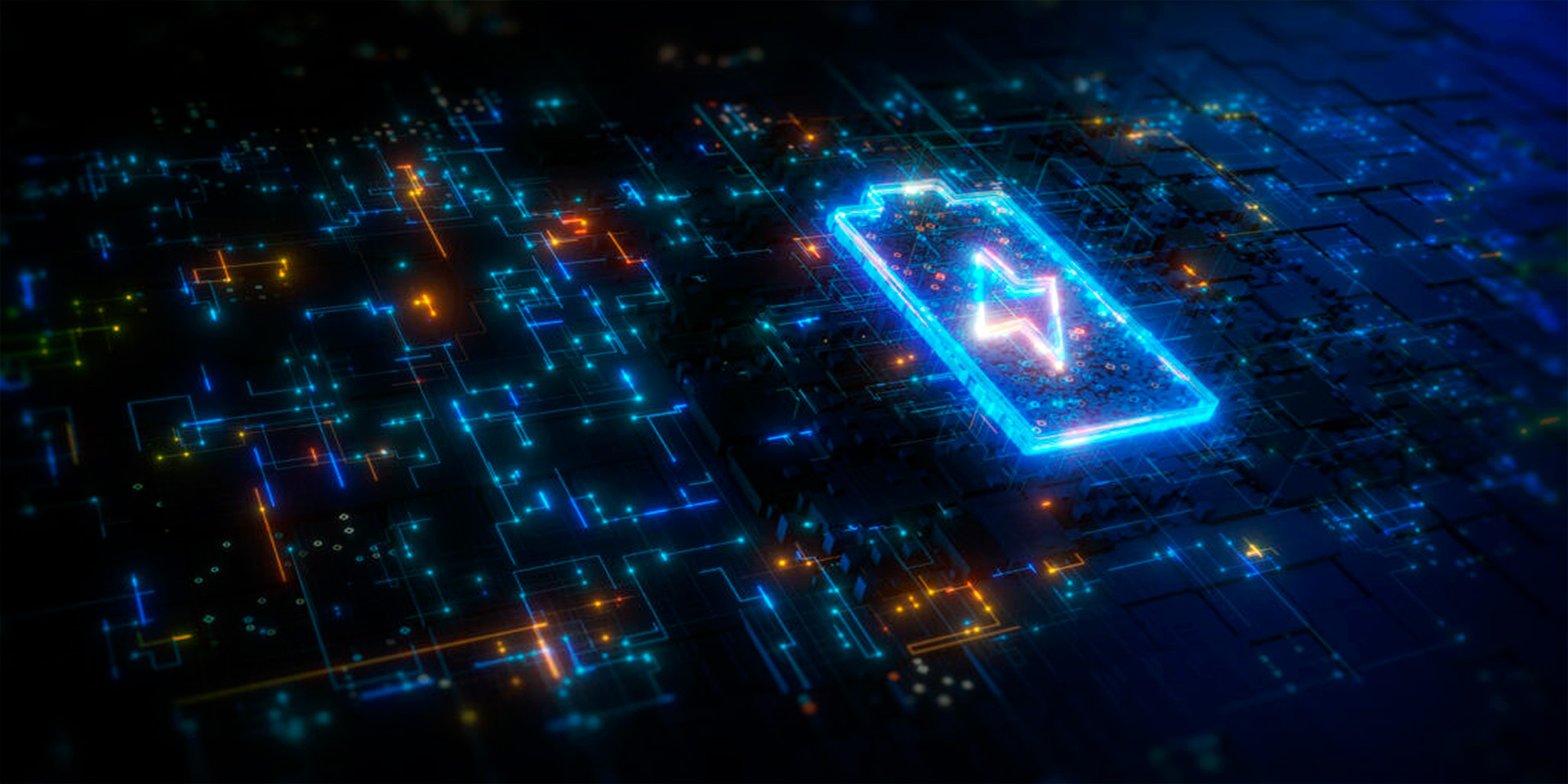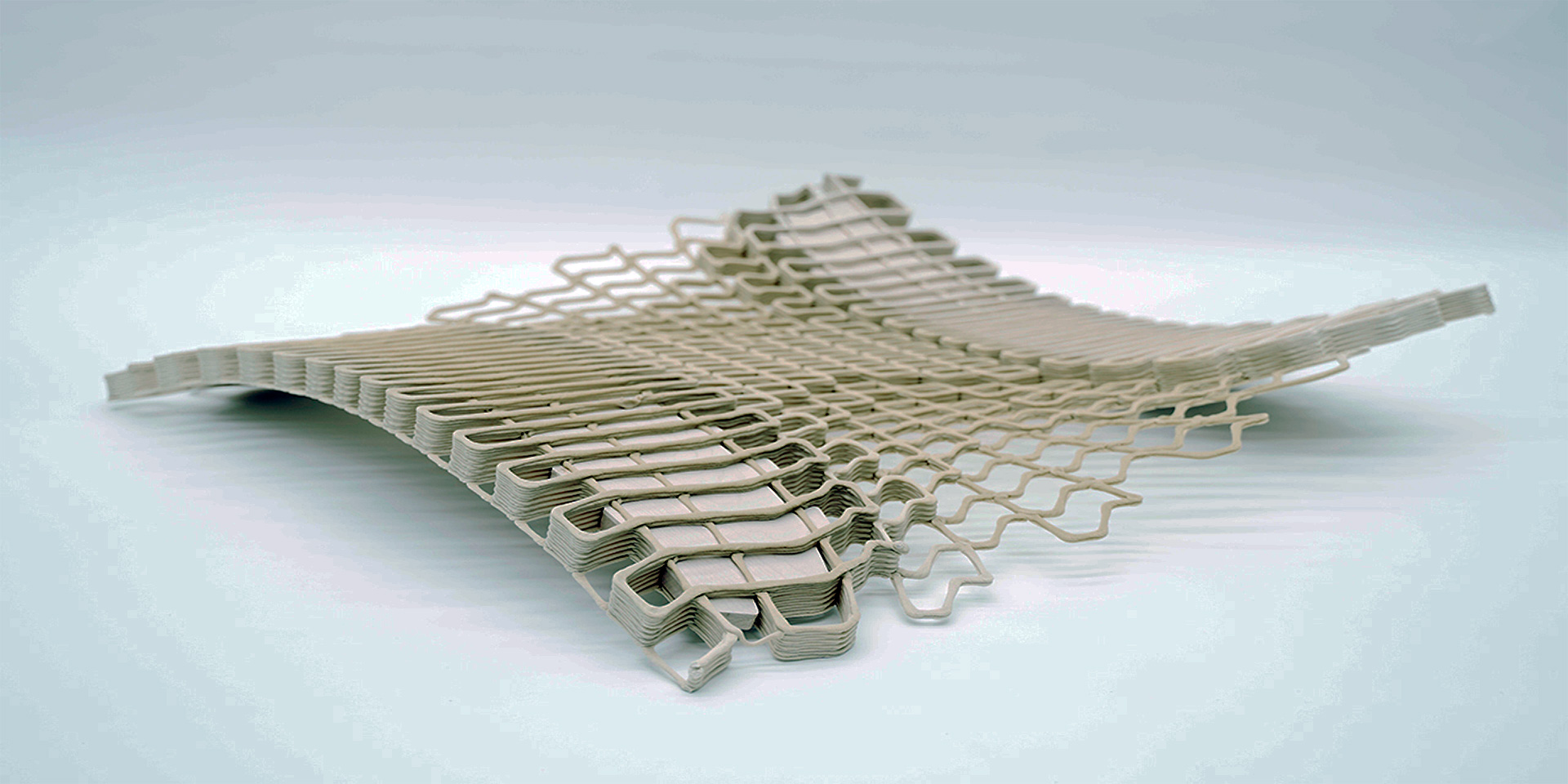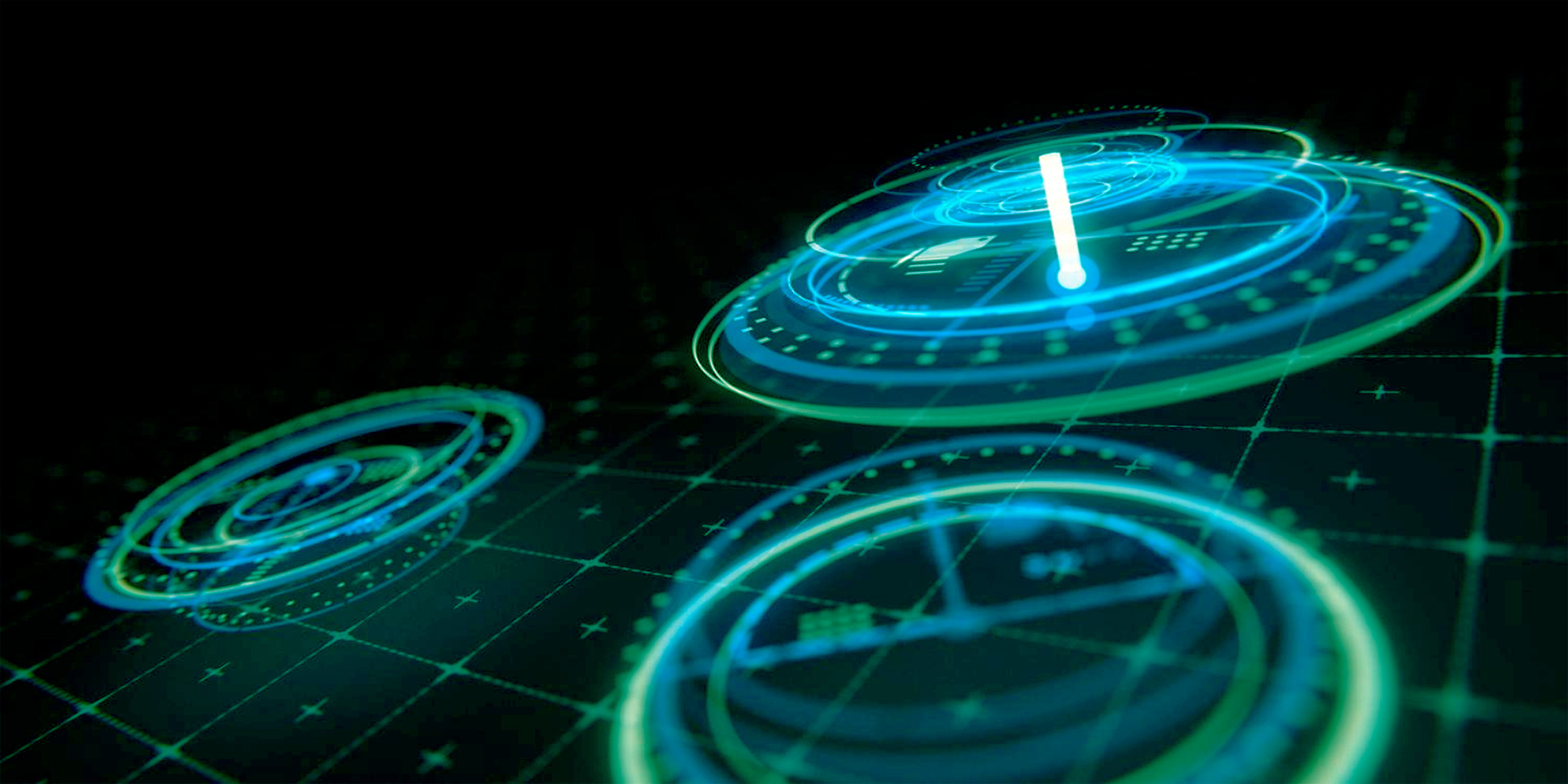
Holographic Displays: The Next Step in Visual Technology
Holographic displays are revolutionizing how we interact with digital content by providing lifelike 3D visuals that enhance our experience in ways previously unimaginable. These displays use the principles of holography to create images that appear three-dimensional, allowing viewers to see objects from different angles without needing special glasses. This article explores the technology behind holography, its current applications in various fields, and the exciting future possibilities it holds.
Understanding Holographic Technology
Holography is a technique that records and reconstructs light waves to create a three-dimensional image of an object. Unlike traditional 2D images, which capture only the intensity of light, holograms capture both the intensity and the phase of light waves. This allows holograms to store information about the depth and shape of an object, creating a more realistic representation.
The process of creating a hologram involves splitting a laser beam into two parts: the object beam and the reference beam. The object beam illuminates the object and reflects off it, while the reference beam bypasses the object and directly strikes the recording medium, such as a photographic plate or digital sensor. The interference pattern created by the interaction of these two beams is recorded on the medium. When this pattern is later illuminated by a laser or another coherent light source, it reconstructs the light waves, producing a three-dimensional image that can be viewed from different angles.
Advancements in digital technology have enabled the development of holographic displays, which use complex algorithms and sophisticated hardware to project dynamic 3D images. These displays can be flat screens that project holograms or volumetric displays that create holograms in free space, providing a more immersive experience.
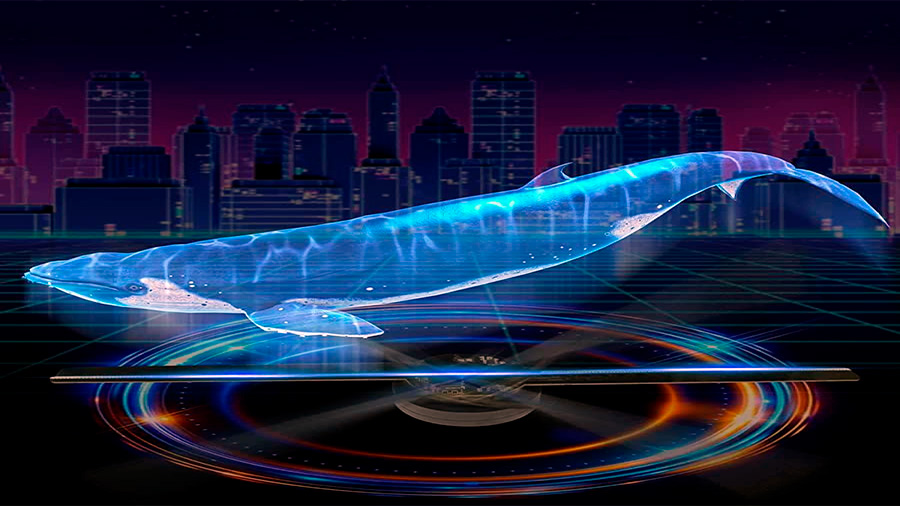
Current Applications of Holographic Displays
Holographic displays are already making significant impacts in various fields, enhancing the way we learn, entertain, and communicate.
Education
In education, holographic displays are transforming the learning experience by providing interactive and immersive visual aids. Students can explore complex subjects such as biology, chemistry, and physics by viewing 3D models of cells, molecules, and physical phenomena. This hands-on approach helps students grasp difficult concepts more effectively and fosters a deeper understanding of the material. Additionally, holographic displays can bring historical events and cultural artifacts to life, allowing students to experience history and culture in a more engaging and memorable way.
Entertainment
The entertainment industry is also benefiting from holographic technology. Concerts and live performances can incorporate holograms of artists, creating a more dynamic and visually captivating experience for audiences. For instance, holographic projections of famous musicians have been used to perform alongside live bands, offering a unique blend of past and present. In cinema and gaming, holographic displays can provide a more immersive viewing experience, allowing audiences to feel like they are part of the action.
Communication
Holographic displays are revolutionizing communication by enabling more realistic and engaging interactions. In business, holographic telepresence allows people to attend meetings and conferences as lifelike 3D projections, making remote communication feel more personal and effective. This technology can also be used in telemedicine, where doctors can examine and interact with 3D representations of patients or medical images, improving the accuracy and quality of remote consultations.
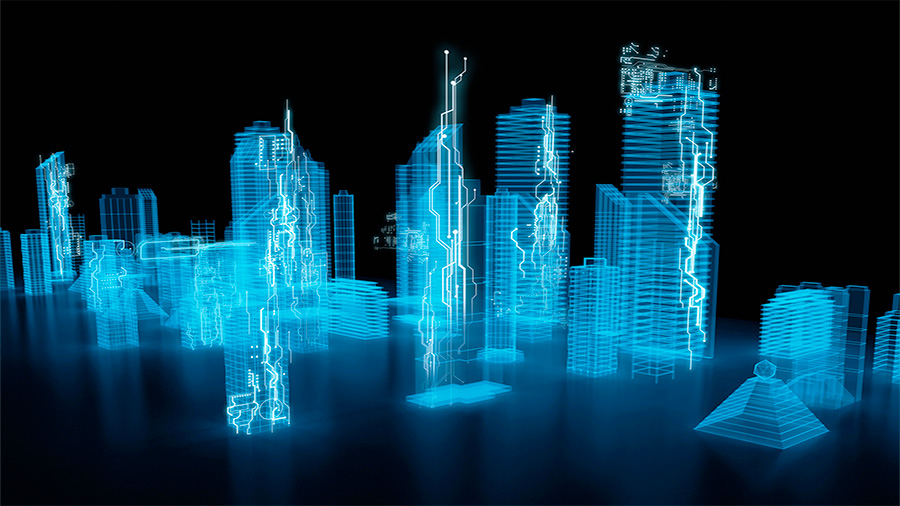
Future Possibilities of Holographic Displays
The potential applications of holographic displays are vast and varied, promising to transform numerous industries and aspects of daily life.
Healthcare
In healthcare, holographic displays could revolutionize surgical planning and medical training. Surgeons could use 3D holographic images of patients’ anatomy to plan and practice complex procedures, enhancing precision and outcomes. Medical students could benefit from holographic simulations of surgeries and medical conditions, providing a more immersive and effective learning experience.
Retail
The retail industry could leverage holographic displays to create more interactive and personalized shopping experiences. Customers could view holograms of products, try on virtual clothes, or see how furniture would look in their homes before making a purchase. This could significantly enhance customer satisfaction and reduce return rates.
Art and Design
In art and design, holographic displays could enable new forms of expression and creativity. Artists could create holographic artworks that change and interact with viewers, while designers could use holographic prototypes to visualize and refine their creations more effectively.
Everyday Technology
As holographic technology continues to advance, it could become a common feature in everyday devices. Imagine smartphones and tablets with holographic displays that project 3D images and videos, or smart glasses that overlay holographic information onto the real world, providing augmented reality experiences without the need for bulky headsets.
Conclusion
Holographic displays represent the next step in visual technology, offering lifelike 3D visuals that enhance our interaction with digital content. By leveraging the principles of holography, these displays provide more realistic and immersive experiences across various fields, including education, entertainment, and communication. As technology continues to advance, the potential applications of holographic displays are vast, promising to transform numerous industries and aspects of daily life.
From improving educational outcomes and revolutionizing medical procedures to creating more engaging entertainment and communication experiences, holographic displays are set to play a significant role in the future of technology. As we continue to explore and develop this innovative technology, we can look forward to a world where digital content feels more real and interactive than ever before.


